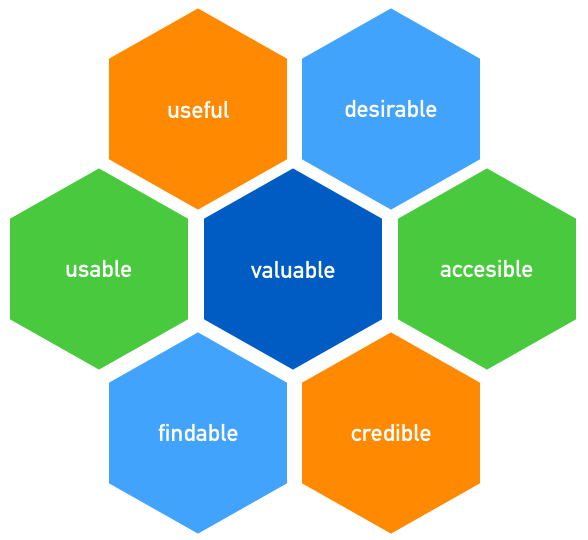Usability is not just about making a process more efficient, it’s about understanding the user’s needs. Usability testing refers to assessing a software product by testing it with representative users (in a lab or created by the testing team). This type of testing (part of black box testing) has as principal goal identifying any usability issues, which will help the team to improve the software product before being use by the end users.
The most important features that are following during usability testing are: the easiness that software product can be used, the learnability of it (if is easy to learn without having some steps to follow – or a tutorial), the efficiency for the user’s needs, the memorability (through some specific elements or through content) and the convenience for the final user.

The steps made when we conduct a usability testing are:
- Planning
In this step, we define: the scope (why are we going to test, which are our goals), the way (how we will test and what we will test) and the scenarios (how many personas we create, how many scenarios, based on those personas, we are going to test). - Research
In this step, we make the research about the users and patterns, which are applied to our context. - Running the tests
After we have established in the planning which are the steps we will follow during the testing process we start running the tests. For each created persona we are running different tests, but we test the product from a general view, too. - Analysing the results
After the tests have been done and we notice the problems (or risks) and improvements we have found on the software product, we start analysing which are mandatory to solve or implement to improve user’s navigation.
